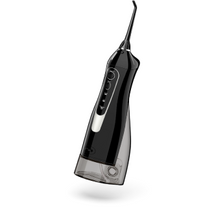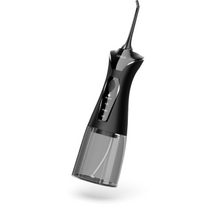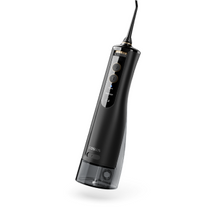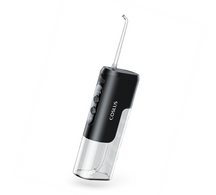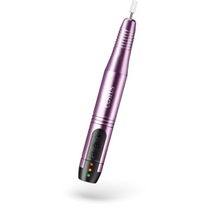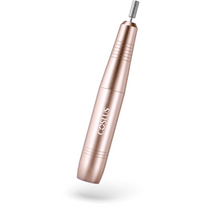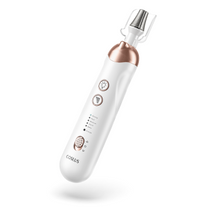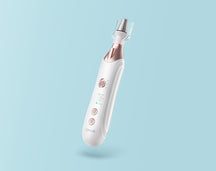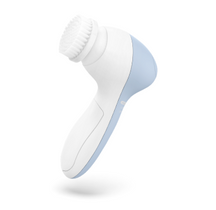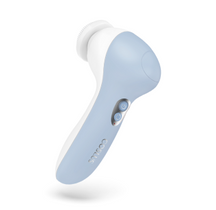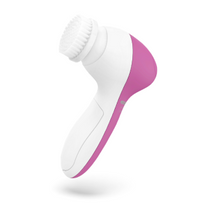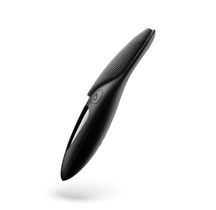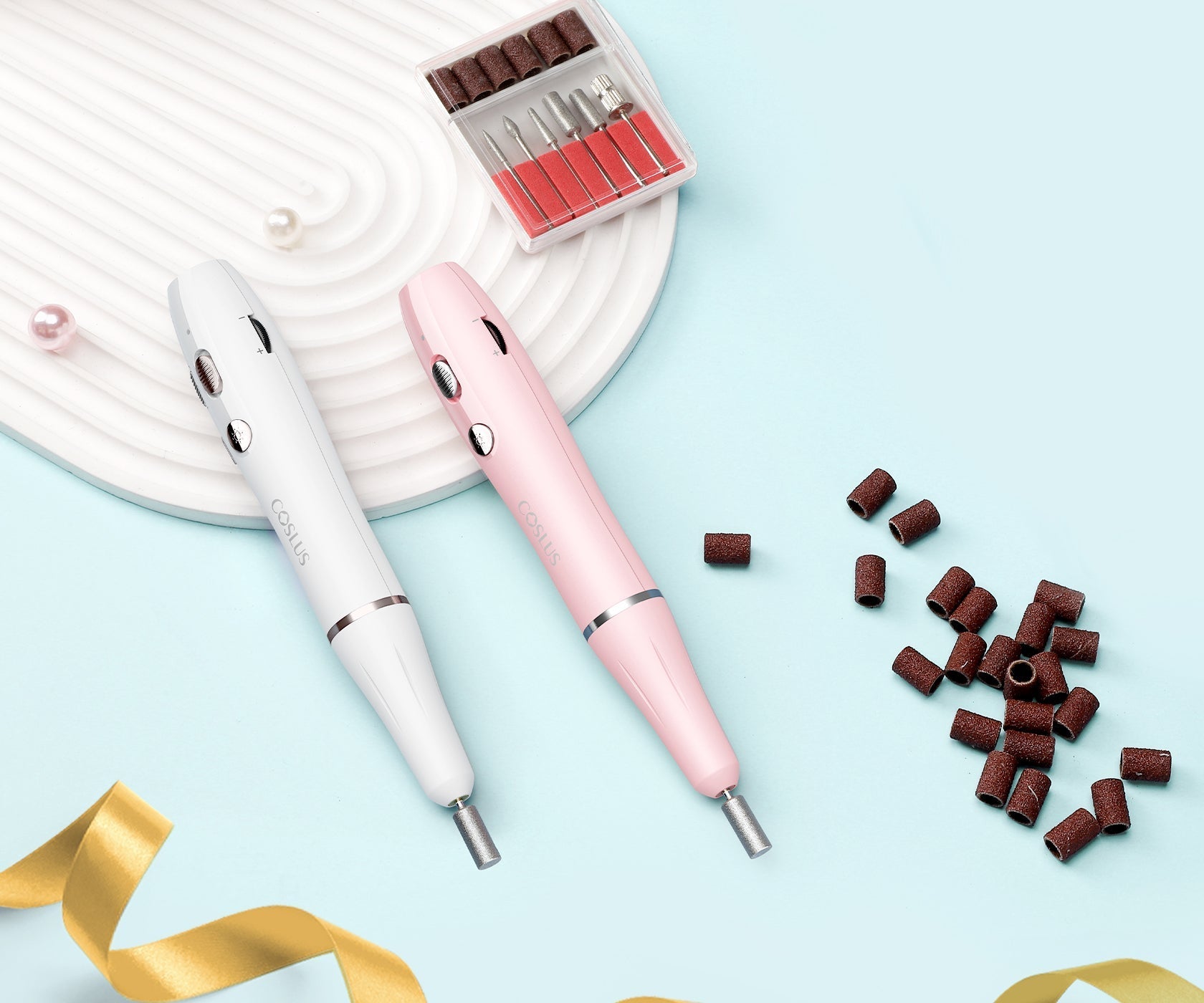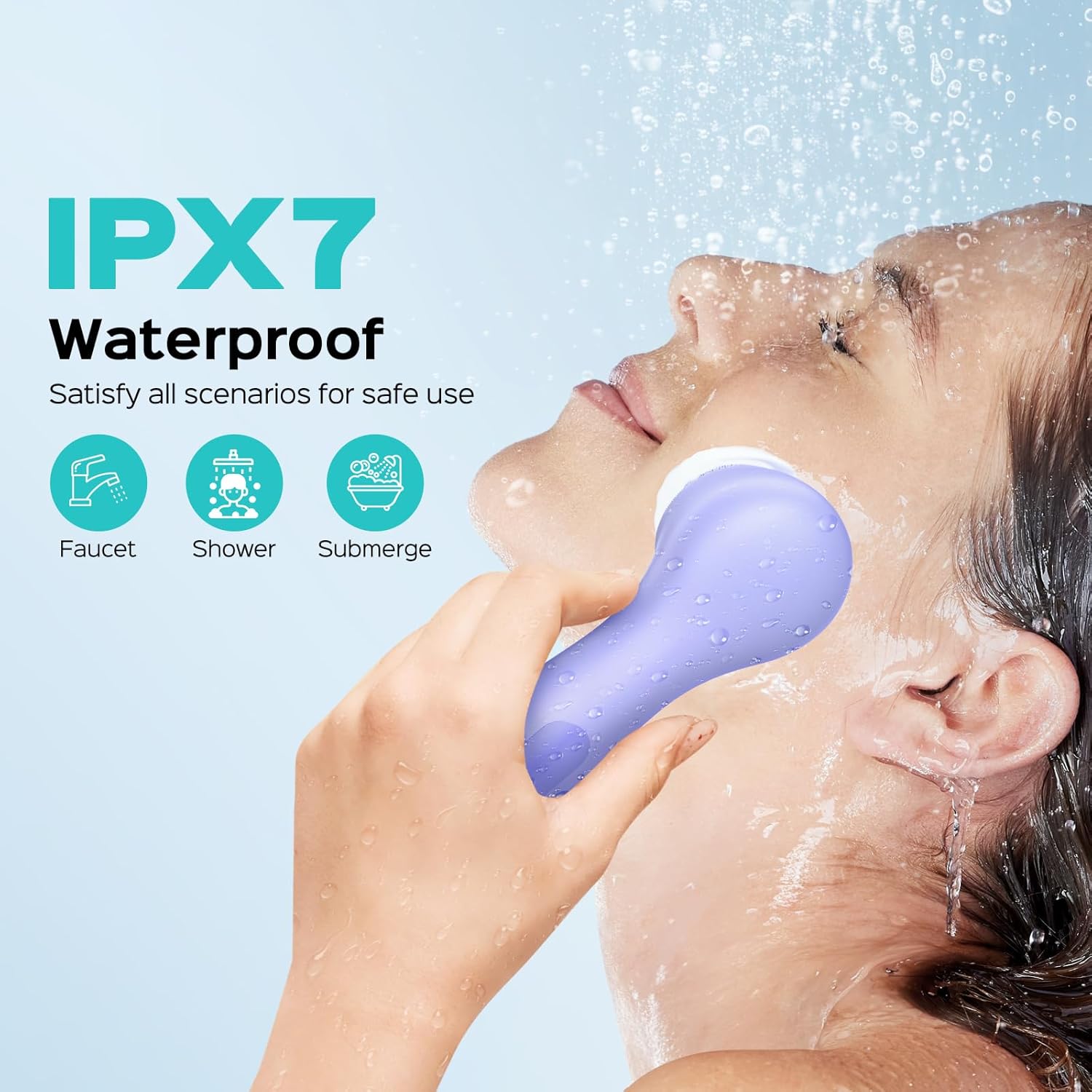Quick Answer
No, water flossers cannot remove tartar once it has hardened on your teeth. While they excel at washing away loose plaque and preventing tartar formation by cleaning hard-to-reach areas, only dental professionals can remove existing tartar deposits using specialized scaling instruments during professional cleanings.
Introduction
Maintaining good oral health is a top priority for many people, and dealing with tartar buildup is a common concern. Water flossers have become increasingly popular dental tools that many wonder if they can remove stubborn tartar deposits. While water flossers excel at washing away plaque and preventing tartar formation, they cannot remove hardened tartar that has already formed on teeth. Understanding the difference between plaque and tartar is essential for developing an effective oral care routine that keeps your smile healthy and bright.
What is Dental Plaque?
Dental plaque is a sticky, colorless or pale yellow film that constantly forms on your teeth throughout the day. It's made up of bacteria, food particles, and saliva that naturally collect on tooth surfaces. Think of plaque as an unwelcome guest that moves in on your teeth after you eat or drink.
When you consume foods and beverages—especially those containing sugars and starches—the bacteria in your mouth feed on these particles and produce acids. These acids can attack your tooth enamel, the protective outer layer of your teeth, which is the first step in cavity formation.


